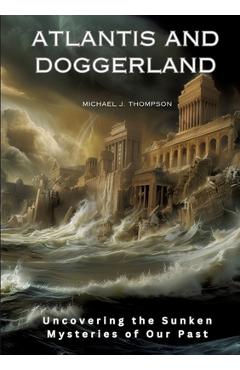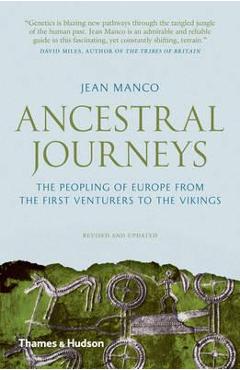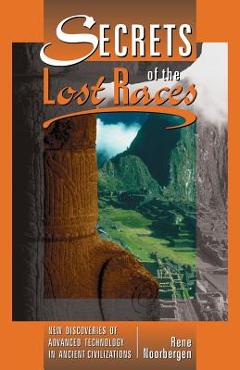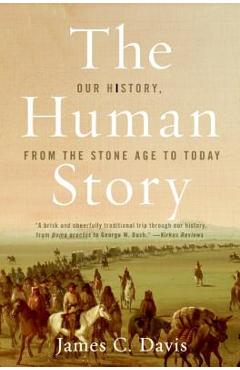Doggerland: The History of the Land that Once Connected Great Britain to Continental Europe
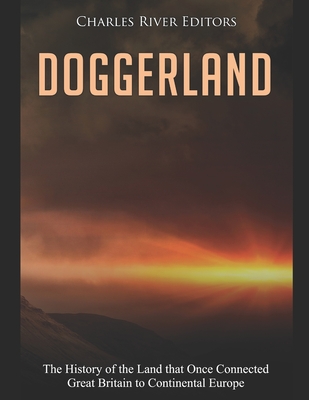
Doggerland: The History of the Land that Once Connected Great Britain to Continental Europe
*Includes pictures
*Includes a bibliography for further reading
Well beyond the breadth of human existence, major land masses have through the ages reformed into disparate configurations on an inevitable path toward apocalyptic continental collisions. Within that process, our present tectonic reality shows no sign of slowing. Speculation holds, for example, that the African continent will in time overrun what is now the south of Europe. As an aid to perspective, population centers such as Venice and other iconic present-day cities are unlikely to survive what is to us an interminably lengthy natural process.
In the distant past, the continents were not so separate. The southern portion of the globe was at one time occupied by a "supercontinent" dubbed "Gondwana" or "Gondwanaland" that existed 600 million years ago. The mass included present-day South America, Africa, Arabia, Madagascar, India, Australia, and Antarctica. The term "supercontinent" was coined by Austrian geologist Eduard Suess, an expert on the Alps who helped lay the basis for the study of paleography and tectonics. The latter was to replace the "drifting continent" theory with "the study of the architecture of the earth's outer rocky shell." In the late Paleozoic Age between 254 to 544 million years in the past, a global supercontinent commonly known as Pangea included the entire masses of Gondwana, Eurasia, and North America as the two northern continents collided.
Added to the shifting of continents away from what has been theorized as an original "supercontinent," other natural events have contributed to life's tenuous existence. The unexpected oceanic covering of dry land masses by sudden seismically-driven tsunamis is more familiar to modern societies, and the sudden destruction wrought by these errant waves brought about by either volcanic action or sub-oceanic landslides is an ever-present danger to coastal communities. But equally perilous are slower alterations caused by climate change, a subject that has only recently begun to gain more attention.
On the other hand, the famed "lost city" of Atlantis has been a point of intense interest for thousands of years, and the notion of a submerged civilization is not uncommon. Inundated cities have remained a regular feature of the planet since people developed coastal enclaves a few thousand years ago. The early twentieth century theory of a floating land mass was in the decades following Suess' career eclipsed by the
PRP: 86.34 Lei
Acesta este Pretul Recomandat de Producator. Pretul de vanzare al produsului este afisat mai jos.
77.71Lei
77.71Lei
86.34 LeiLivrare in 2-4 saptamani
Descrierea produsului
*Includes pictures
*Includes a bibliography for further reading
Well beyond the breadth of human existence, major land masses have through the ages reformed into disparate configurations on an inevitable path toward apocalyptic continental collisions. Within that process, our present tectonic reality shows no sign of slowing. Speculation holds, for example, that the African continent will in time overrun what is now the south of Europe. As an aid to perspective, population centers such as Venice and other iconic present-day cities are unlikely to survive what is to us an interminably lengthy natural process.
In the distant past, the continents were not so separate. The southern portion of the globe was at one time occupied by a "supercontinent" dubbed "Gondwana" or "Gondwanaland" that existed 600 million years ago. The mass included present-day South America, Africa, Arabia, Madagascar, India, Australia, and Antarctica. The term "supercontinent" was coined by Austrian geologist Eduard Suess, an expert on the Alps who helped lay the basis for the study of paleography and tectonics. The latter was to replace the "drifting continent" theory with "the study of the architecture of the earth's outer rocky shell." In the late Paleozoic Age between 254 to 544 million years in the past, a global supercontinent commonly known as Pangea included the entire masses of Gondwana, Eurasia, and North America as the two northern continents collided.
Added to the shifting of continents away from what has been theorized as an original "supercontinent," other natural events have contributed to life's tenuous existence. The unexpected oceanic covering of dry land masses by sudden seismically-driven tsunamis is more familiar to modern societies, and the sudden destruction wrought by these errant waves brought about by either volcanic action or sub-oceanic landslides is an ever-present danger to coastal communities. But equally perilous are slower alterations caused by climate change, a subject that has only recently begun to gain more attention.
On the other hand, the famed "lost city" of Atlantis has been a point of intense interest for thousands of years, and the notion of a submerged civilization is not uncommon. Inundated cities have remained a regular feature of the planet since people developed coastal enclaves a few thousand years ago. The early twentieth century theory of a floating land mass was in the decades following Suess' career eclipsed by the
Detaliile produsului









